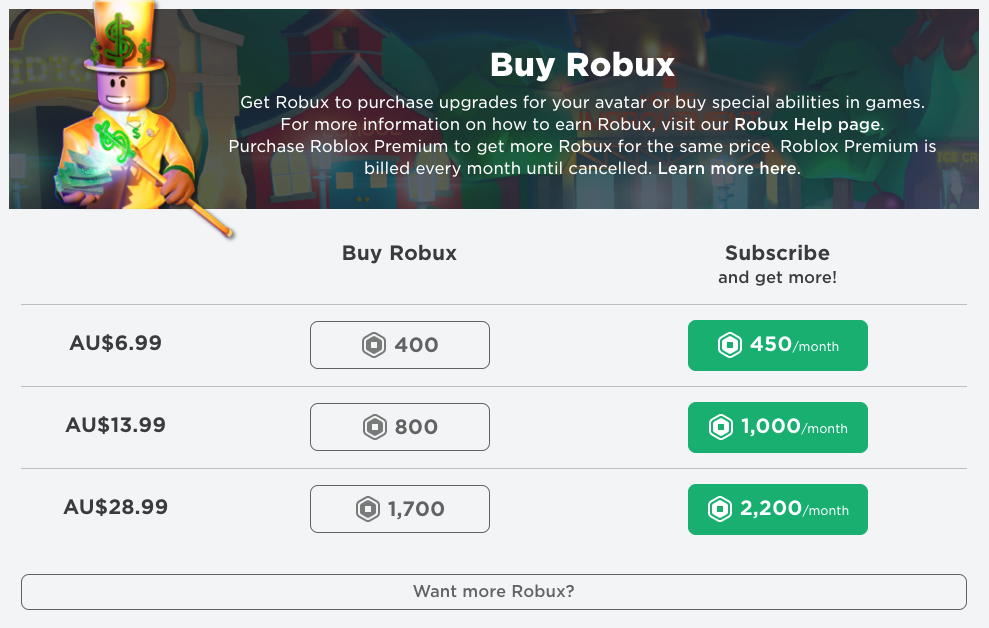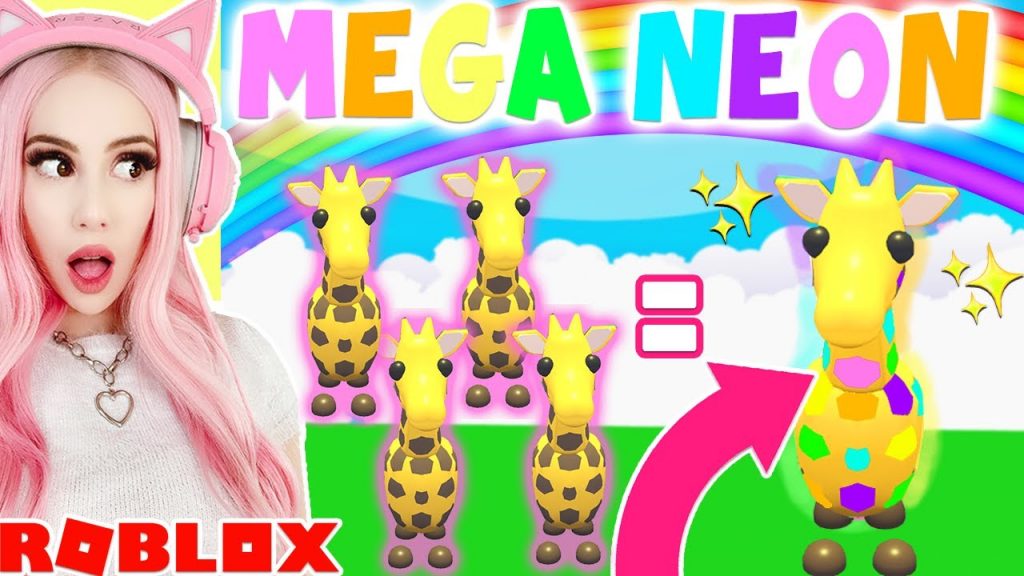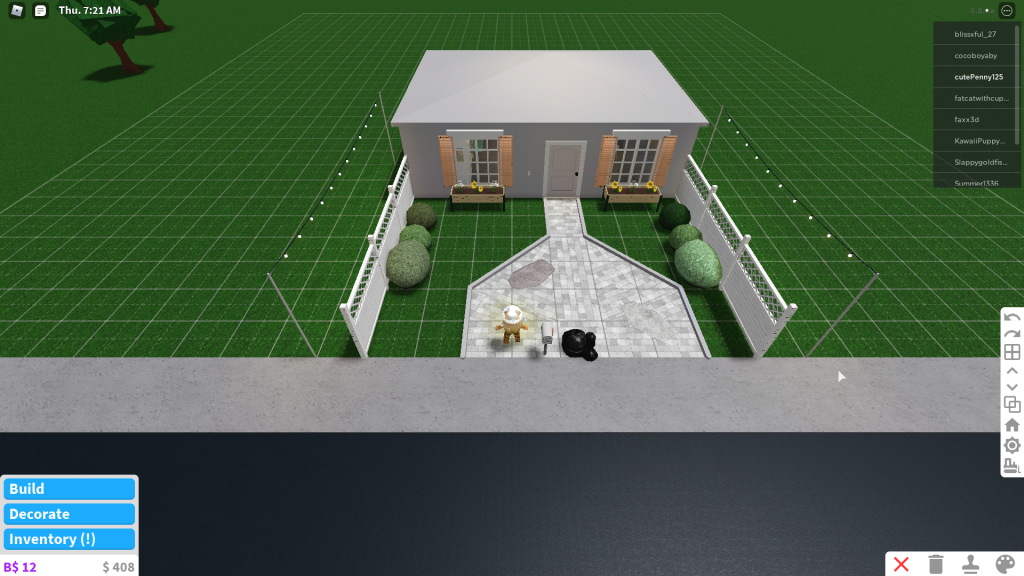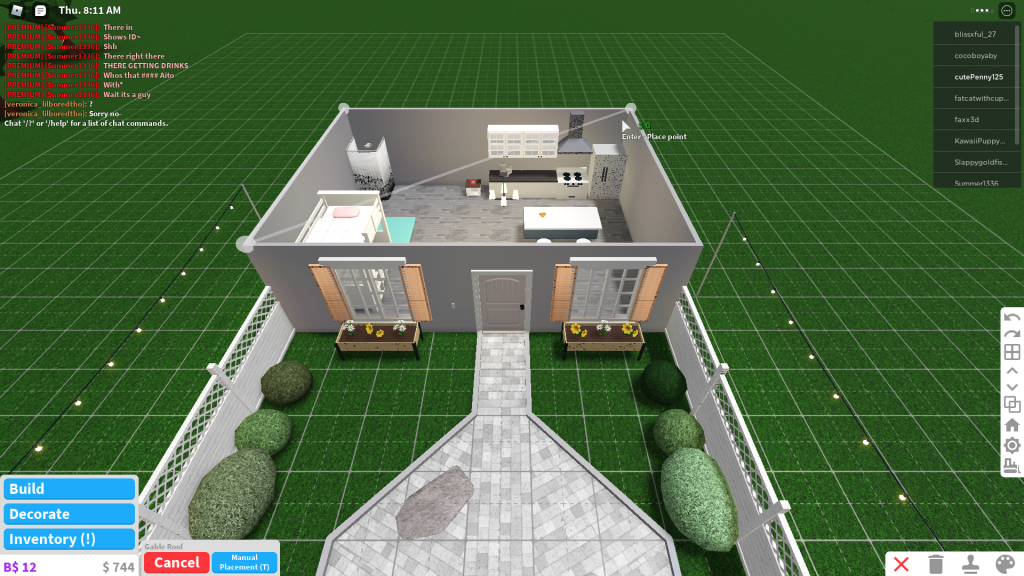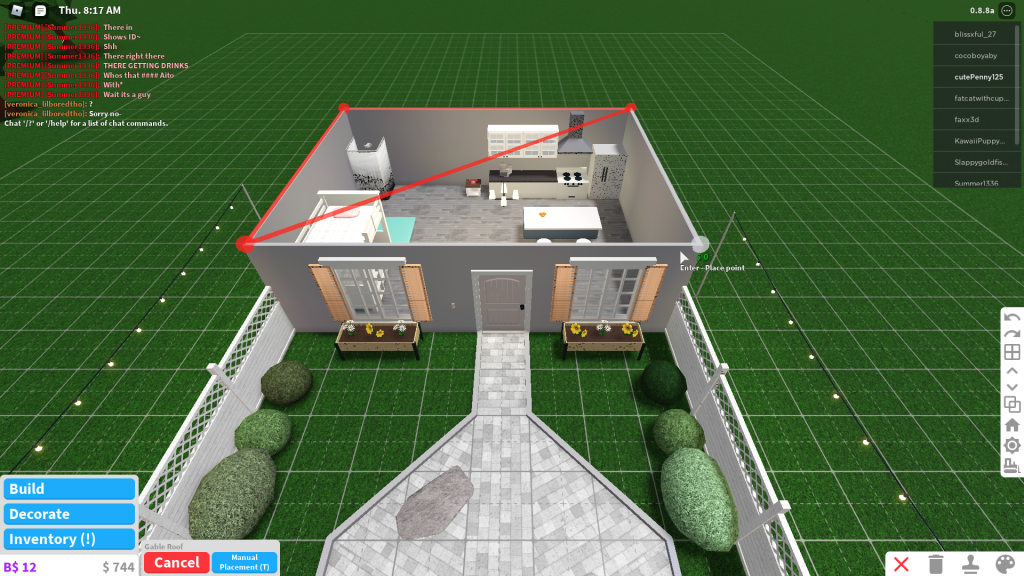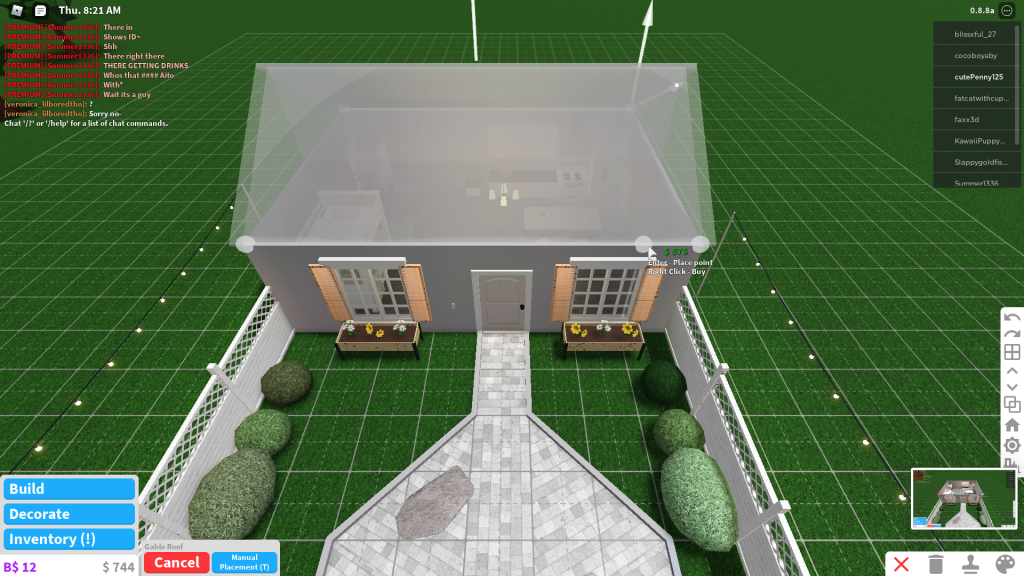What are you kids doing these holidays? If they are anything like mine, they are often playing games on the computer. My two daughters love playing online games while Facetiming friends as they play at the same time. At first this seemed weird to this Generation Xer. I didn’t think it counted as ‘being social’ as it wasn’t in person – but in the current climate, it seems absolutely appropriate! A couple of times of late I have found their play and conversations extremely interesting, there is so much maths in Roblox.
Roblox isn’t the only, or first game to involve mathematics. Minecraft is probably the most well-known game that explores mathematical concepts such as scale, spatial thinking and angles (to name a few). There are many teachers using Minecraft to teach or practice mathematical skills, as well as using it as a platform to build prototypes in STEM (Science, Technology, Engineering and Mathematics) lessons. There is an education edition to Minecraft for use in the classroom.
The first mathematical challenge of Roblox is if you want to purchase Robux (money to use in the game). This is not essential, but if you have kids who play Roblox, I’m sure you’ve been asked countless times (as I have) by your children if they can spend their pocket money buying Robux. It was a good opportunity to have the discussion about ‘value for money’ and the pricing scale for buying Robux would be a good classroom investigation on rates and developing skills in using the ‘unitary method’ to work out the best buy. Eddie Woo (@misterwootube) has a nice video introducing how to use the unitary method (or this one on comparable methods for best buys).
In online gaming, mathematics has a way of appearing, and those playing don’t even realise they are applying mathematical thinking (I love it when this happens). I noticed this the other day when my daughters were explaining to me the convoluted way to make mega neon pets in Adopt Me! (a Roblox game where you make and trade pets). It was explained to me like this “You need to grow up 16 of the same pet, then you combine four of them to make one neon, you need four fully-grown neons to make a mega neon ’cause four fours are 16.” Ah hidden mathematics at its best! I must admit, at first I wasn’t really listening to the story as it was going on for a while, then I started hearing the mathematics involved and asked for the process to be explained again! So when they play the game, I often hear them talking about swapping a certain numbers of pets, or talking about where they are up to in growing pets to work out how many days it will take them to make a neon the mega neons. A great mathematics problem lies within: If it takes 2 days to grow one pet into an adult (and you can only grow one pet at a time). How long will it take to make a mega neon?
Another game that my youngest daughter plays in Roblox is Bloxburg. It is more along the lines of Minecraft as it’s a building game. Penny spends hours creating houses then redesigning them again. The game offers lots of building supplies and shows a grid during building.
There are many mathematical concepts here to explore, Penny is developing her skills in perspective, scale, direction, orientation, two- and three-dimensional space, floor map interpreting, position, length and area. Penny often also watches youtube videos of other people’s houses, finds elements she likes, then step by step creates them in her own house. Interpreting other peoples’s designs and trying to recreate them is extremely difficult, and involves many spatial reasoning skills.
I sometimes feel guilty about the amount of time I allow my kids to play online (especially when I’m working while they are on holidays). However, seeing some of the numeracy skills they are building, along with personal and social capabilities of navigating playing online with others, I am comforted in knowing it isn’t just gaming, it’s another form of learning. Just don’t tell them that!
